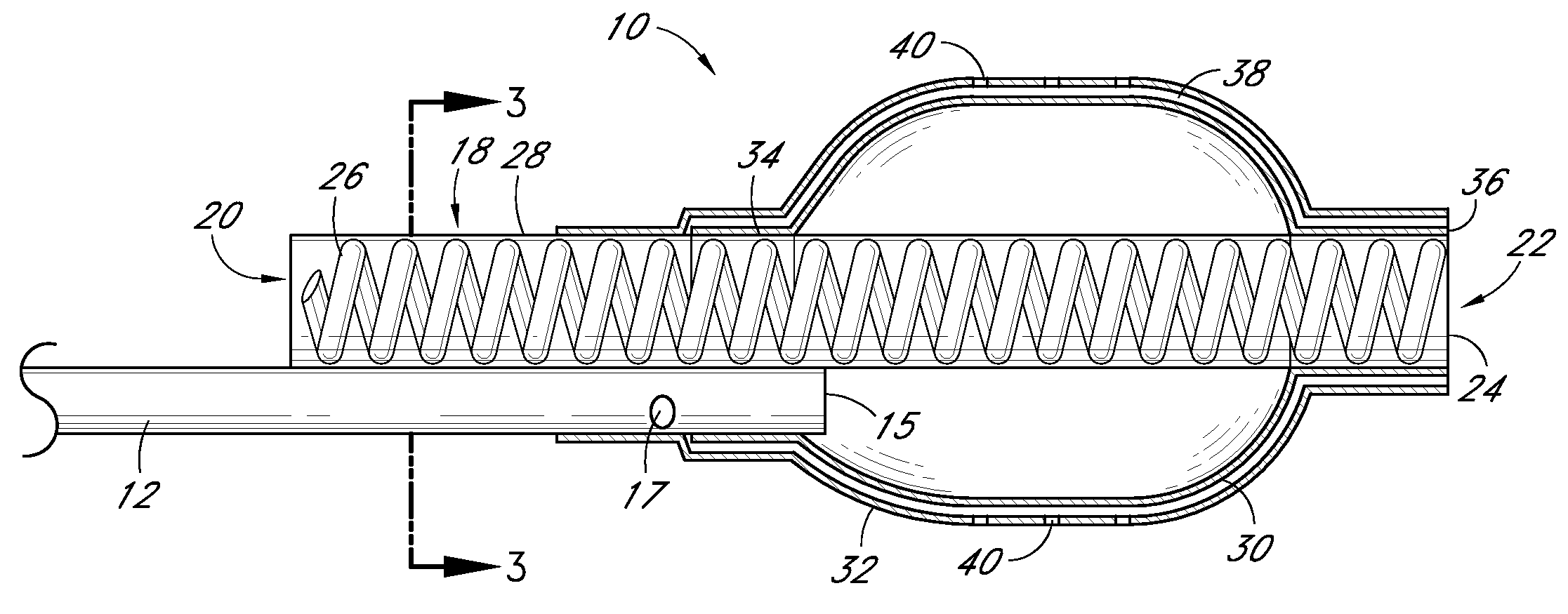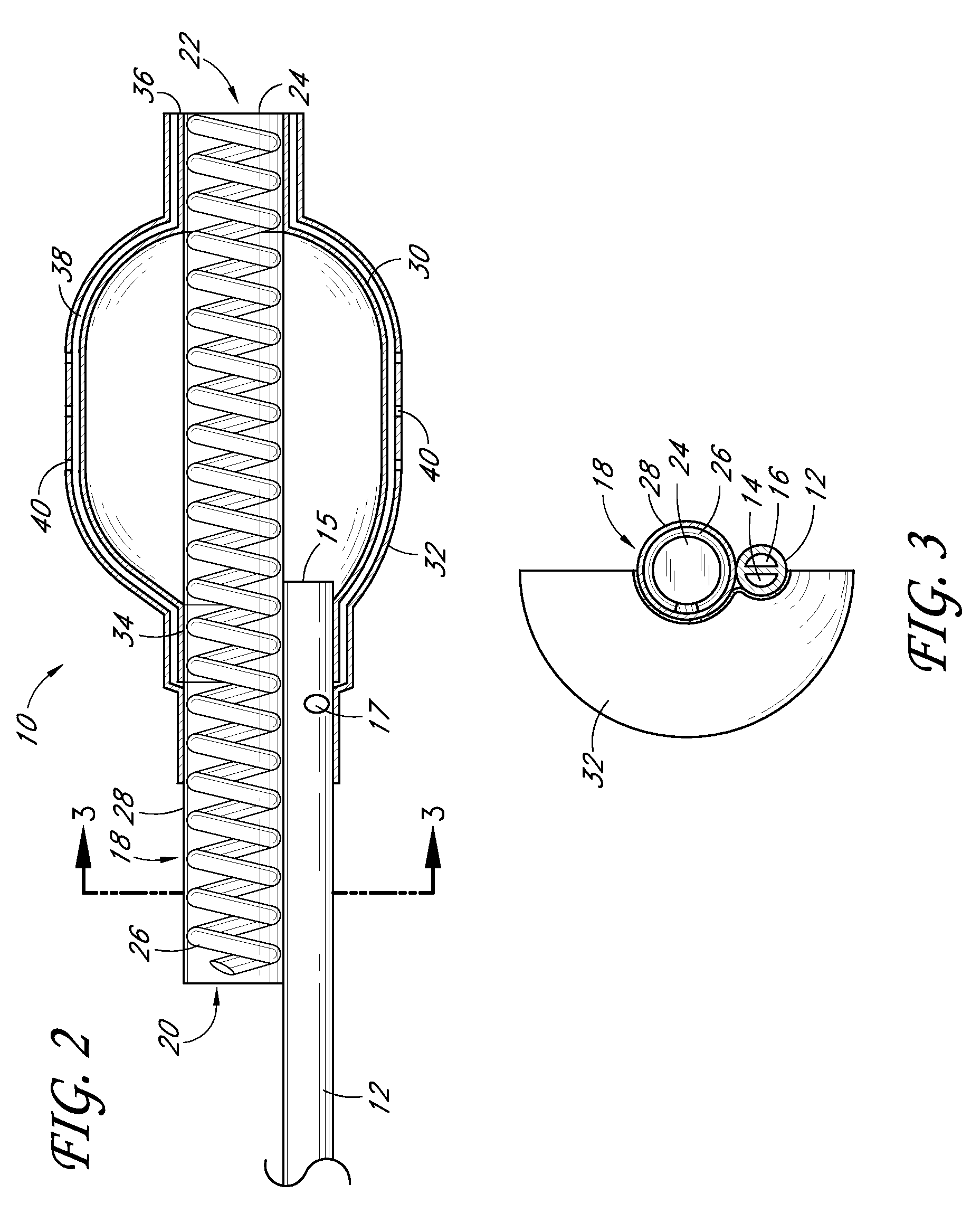Method and agent for in-situ stabilization of vascular tissue
a technology of vascular tissue and in-situ stabilization, which is applied in the directions of biocide, plant/algae/fungi/lichens, prosthesis, etc., can solve the problems of insufficient oxygen for myocardial muscle cells, inability to withstand high hemodynamic load, and inability to provide adequate oxygen to patients, etc., to achieve normal endothelium function, promote healing, and reduce thrombosis
- Summary
- Abstract
- Description
- Claims
- Application Information
AI Technical Summary
Benefits of technology
Problems solved by technology
Method used
Image
Examples
experiment 1
[0070]
[0071]A 7 cm×7 cm piece of pericardial tissue was fixed in 40 ml of 0.5% EGCG / phosphate buffered saline (PBS), pH 7.42 in a 100 mm petri dish at 37° C., 82 rpm shaking speed, for 15 min. After 15 minutes, the tissue was quickly rinsed with PBS. Three samples were cut out for immediate shrinkage temperature testing (Group A). Shrinkage temperature can be an indication of the stability of the tissue. Increased shrinkage temperature is associated with an increased resistance to degradation. An additional 7 cm×7 cm piece of pericardial tissue was fixed in 40 ml of 0.5% EGCG / PBS, pH 7.42 in a 100 mm petri dish at 37° C. for 48 hours and quickly rinsed in PBS for 15 minutes. Six samples were cut out for shrinkage temperature testing (Group B). Six samples of fresh pericardial tissue were also cut for shrinkage temperature testing (Group C—Control Group).
[0072]Observation:
[0073]1. Group A samples looked light pink (from opaque white) and more rigid than fresh tissue but still soft. T...
embodiment 74
[0113]FIG. 7 is a partial sectional side view of a non-stent arrangement of a catheter. FIG. 8 is a cross-sectional view taken along the lines 8-8 in FIG. 7. FIG. 9 is a cross-sectional view taken along the lines 9-9 in FIG. 7. FIG. 10 is a cross-sectional view taken along the lines 10-10 in FIG. 7. FIG. 11 is a side view of a non-stent arrangement in communication with a fluid delivery and guide-wire entry apparatus. Referring to FIGS. 7-11, there is disclosed a nonperfusion catheter embodiment 74 which, in some embodiments, also does not include a temporary stent. The non-perfusion embodiment 74 can be designed for use in percutaneous coronary transluminal angioplasty and adjunctive site specific intraluminal infusion of pharmacological agents.
[0114]The non-perfusion embodiment 74 can comprise a tubular body 12 which includes an inflation lumen 14, a drug delivery lumen 16, and a guidewire lumen 52. Two concentric balloons, an inner inflation balloon 30, and an outer delivery ball...
PUM
| Property | Measurement | Unit |
|---|---|---|
| Fraction | aaaaa | aaaaa |
| Fraction | aaaaa | aaaaa |
| Fraction | aaaaa | aaaaa |
Abstract
Description
Claims
Application Information
 Login to View More
Login to View More - R&D
- Intellectual Property
- Life Sciences
- Materials
- Tech Scout
- Unparalleled Data Quality
- Higher Quality Content
- 60% Fewer Hallucinations
Browse by: Latest US Patents, China's latest patents, Technical Efficacy Thesaurus, Application Domain, Technology Topic, Popular Technical Reports.
© 2025 PatSnap. All rights reserved.Legal|Privacy policy|Modern Slavery Act Transparency Statement|Sitemap|About US| Contact US: help@patsnap.com



